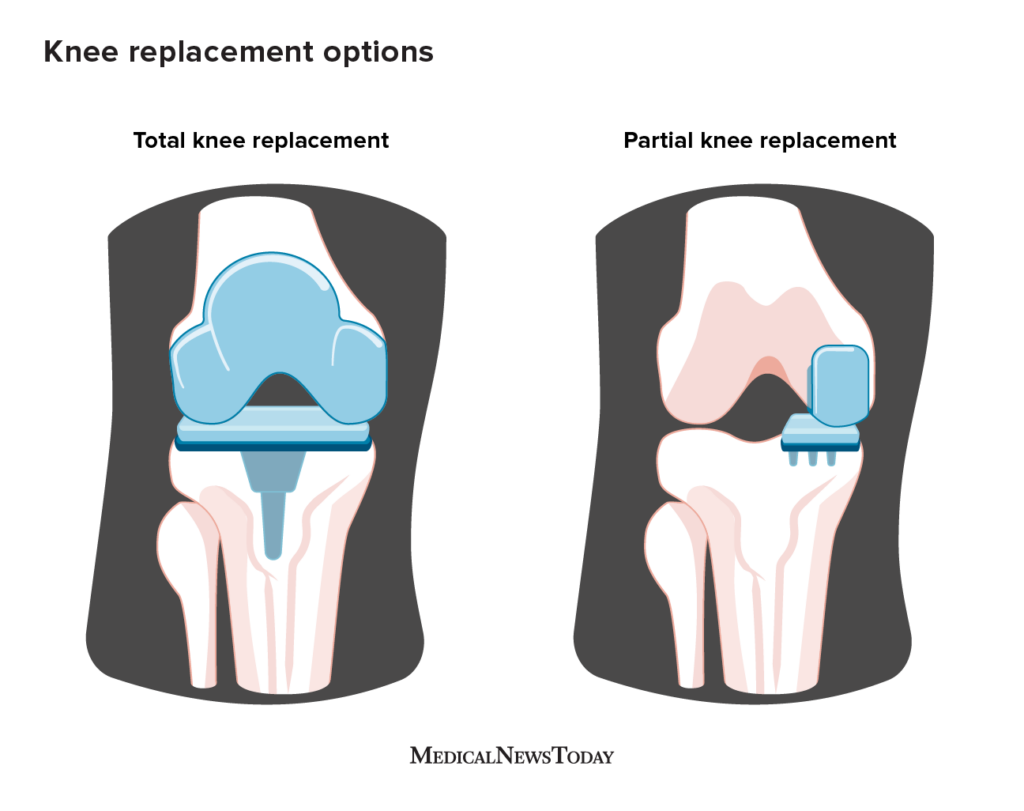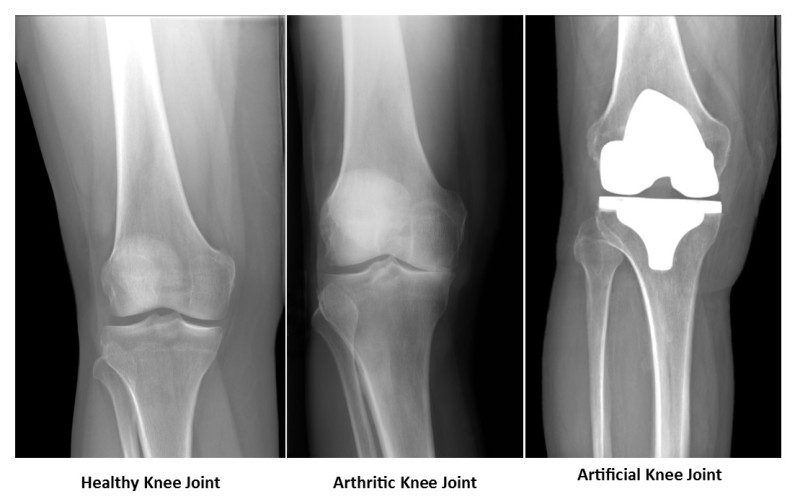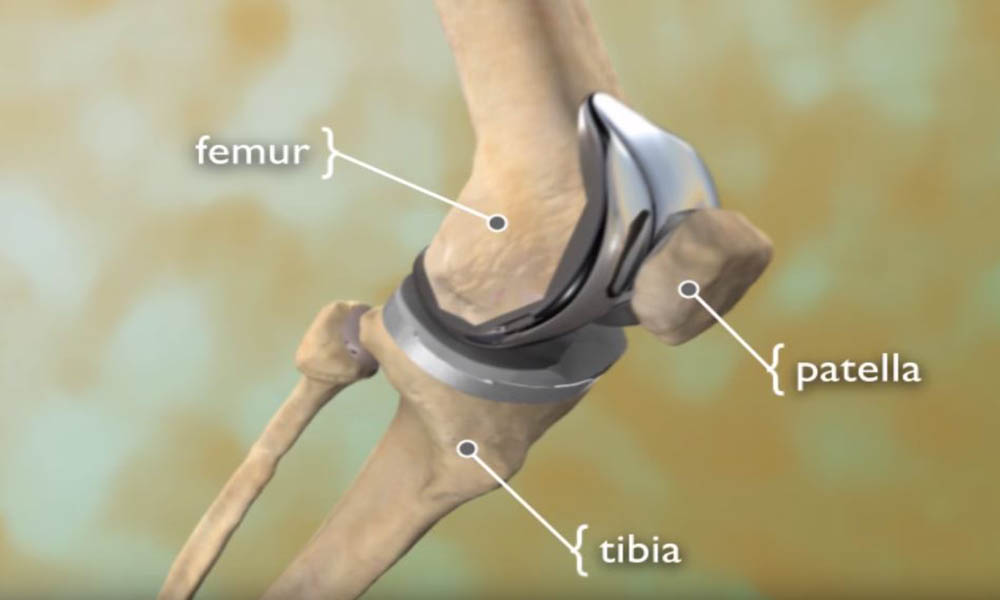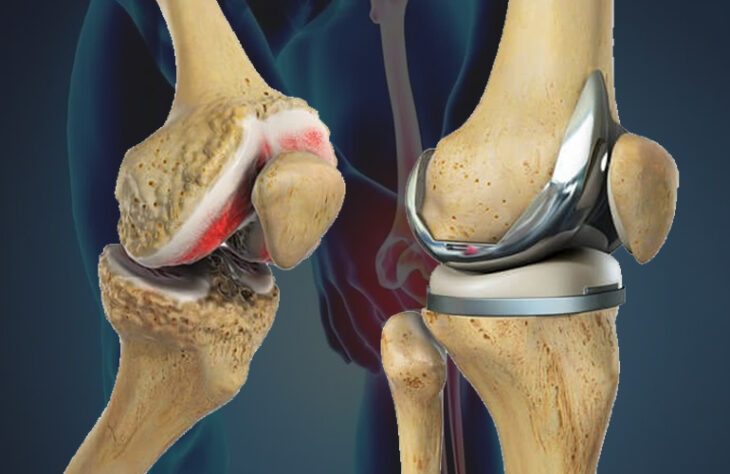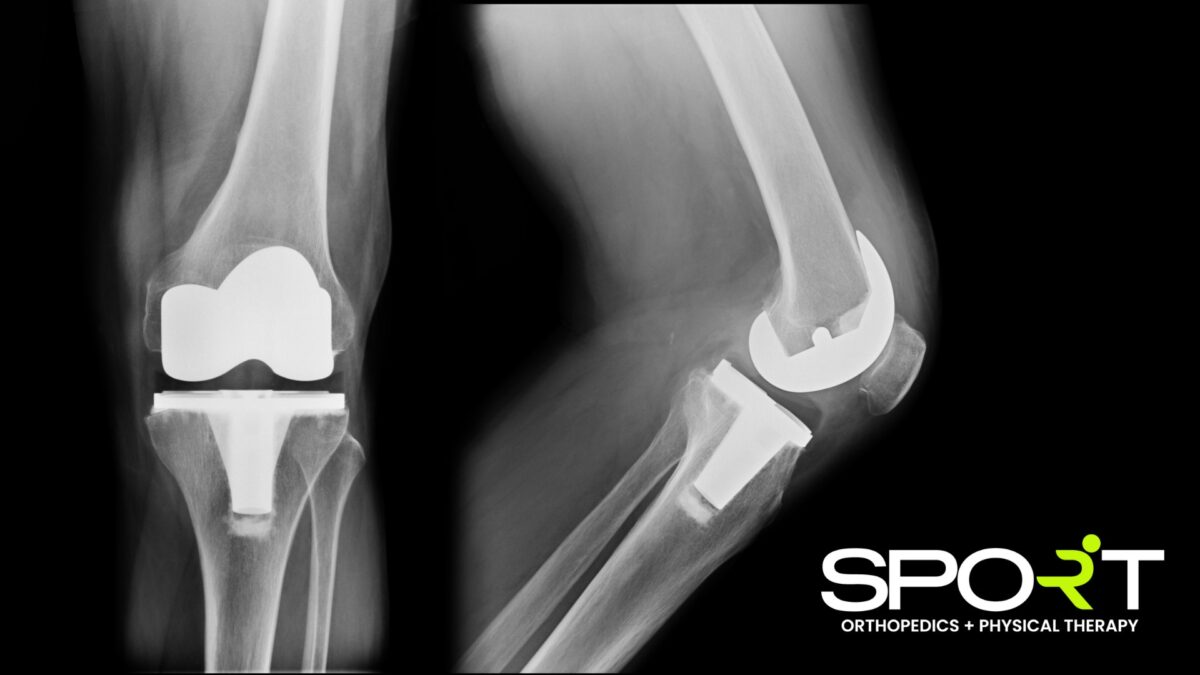What Is The Knee Surgery Trend
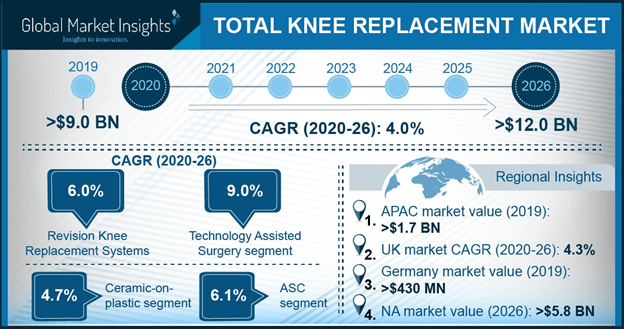
A silent shift is occurring in operating rooms across the nation, a trend both promising and concerning. The number of knee surgeries, particularly knee replacements and arthroscopic procedures, is undergoing a complex transformation, raising questions about appropriateness, effectiveness, and the future of orthopedic care.
While some procedures are declining, others, like partial knee replacements, are seeing a surge in popularity. This multifaceted trend, driven by factors ranging from an aging population to evolving surgical techniques and shifting patient expectations, demands closer scrutiny.
The Nut Graf: Unpacking the Knee Surgery Landscape
This article delves into the evolving landscape of knee surgery, examining the reasons behind shifting trends in procedures like total knee arthroplasty (TKA) and arthroscopy. It analyzes the impact of demographic changes, technological advancements, and evolving clinical guidelines on surgical practices.
We will also explore the debate surrounding the effectiveness of certain knee surgeries for specific conditions. Finally, this article will shed light on the implications of these changes for patients, healthcare providers, and the future of orthopedic care.
The Rise and Fall of Knee Arthroscopy
For years, knee arthroscopy, a minimally invasive procedure used to address issues like meniscal tears and osteoarthritis, was one of the most common orthopedic surgeries. However, recent research has cast doubt on its efficacy for certain conditions, particularly osteoarthritis.
Studies, including those published in the New England Journal of Medicine and the British Medical Journal, have shown that arthroscopic procedures for osteoarthritis offer no significant benefit over conservative treatments like physical therapy and pain management. As a result, clinical guidelines have been updated, and the number of arthroscopic procedures for osteoarthritis is declining.
According to data from the American Academy of Orthopaedic Surgeons (AAOS), while overall rates of arthroscopy have decreased slightly, the specific indications for the surgery are becoming more refined. Surgeons are increasingly selective, focusing on patients with mechanical symptoms like locking or catching, rather than widespread osteoarthritis.
Total Knee Arthroplasty: Still a Gold Standard?
Total knee arthroplasty (TKA), or total knee replacement, remains a common and often effective treatment for severe knee arthritis. The procedure involves replacing the damaged joint surfaces with artificial implants.
While TKA can provide significant pain relief and improved function, it is not without risks. These risks include infection, blood clots, and implant failure, which can necessitate revision surgery.
Despite potential risks, the demand for TKA is expected to continue growing as the population ages and rates of obesity increase. The Centers for Disease Control and Prevention (CDC) projects a substantial increase in the number of TKA procedures performed in the coming decades.
The Emergence of Partial Knee Replacement
Partial knee replacement, also known as unicondylar knee arthroplasty (UKA), is a less invasive alternative to TKA. It involves replacing only the damaged portion of the knee joint, preserving healthy tissue and ligaments.
UKA is typically suitable for patients with arthritis isolated to one compartment of the knee. Studies suggest that UKA can offer several advantages over TKA, including smaller incisions, shorter hospital stays, and faster recovery times.
The use of UKA is on the rise, driven by advancements in surgical techniques and implant designs. Orthopedic surgeons are becoming increasingly skilled in performing UKA, and new implants are offering improved stability and longevity.
Technological Innovations: Robotics and Custom Implants
Technological advancements are playing a significant role in shaping the future of knee surgery. Robotic-assisted surgery is gaining traction, offering surgeons enhanced precision and control during procedures.
Robotic systems can assist with bone cutting and implant placement, potentially leading to improved alignment and reduced risk of complications. Custom implants, tailored to a patient's unique anatomy, are also becoming more common.
These implants are designed using advanced imaging techniques like MRI and CT scans. Custom implants may offer better fit and function compared to standard implants, leading to improved outcomes for some patients.
The Patient Perspective: Expectations and Shared Decision-Making
Patient expectations play a crucial role in the success of knee surgery. It's important for patients to have realistic expectations about the potential benefits and limitations of different procedures.
Shared decision-making, where patients and surgeons collaborate to determine the most appropriate treatment plan, is becoming increasingly emphasized. Patients should be actively involved in the decision-making process, weighing the risks and benefits of surgery against those of non-surgical options.
Dr. [hypothetical orthopedic surgeon name], a leading expert in joint replacement, emphasizes the importance of patient education. "Patients need to understand that surgery is just one part of the equation. Rehabilitation and lifestyle modifications are equally important for achieving long-term success," Dr. [surgeon's name] stated.
The Future of Knee Surgery: A Move Towards Personalized Care
The trend in knee surgery is moving towards more personalized care. This means tailoring treatment plans to each patient's individual needs and circumstances.
Factors such as age, activity level, overall health, and specific knee pathology are all considered when determining the best course of action. The future may see more emphasis on preventative measures and early intervention to delay or avoid the need for surgery.
Ultimately, the goal is to provide patients with the most effective and least invasive treatment options to restore function and improve quality of life. Continued research and technological advancements will undoubtedly continue to shape the future of knee surgery.

![What Is The Knee Surgery Trend [DIAGRAM] Diagram Of Knee Replacement - MYDIAGRAM.ONLINE](https://www.verywellhealth.com/thmb/ZSB7zgSmCsoLgH53zfnGlMxKVJ8=/4000x2857/filters:fill(87E3EF,1)/total-knee-replacement-123663788-5b01c724642dca0037c139a9.jpg)
